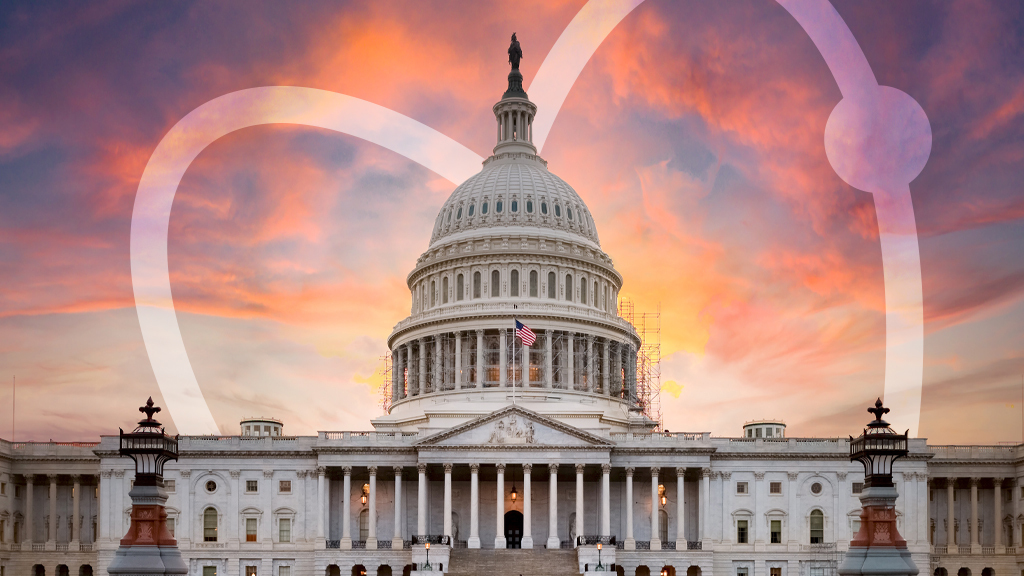NSTA Legislative Update
Month Two of the Government Shutdown: How Will K-12 Be Affected?
By NSTA Legislative Affairs & Advocacy Team
Posted on 2025-11-03

Disclaimer: The views expressed in this blog post are those of the author(s) and do not necessarily reflect the official position of the National Science Teaching Association (NSTA).
As of November 2, the federal government shutdown, which began at midnight on October 1, remains unresolved because the Senate cannot reach the 60-vote threshold to advance a funding bill amid partisan disagreements about health care costs and other spending issues.
How has this shutdown affected K-12 education, and what could be some of the long-term implications?
To recap, funding for Fiscal Year (FY)25 expired on Sept. 30, and Congress is currently at an impasse to pass the FY26 budget. Many have hoped that instead of a shutdown, Congress would come to some decision on a budget or a continuing resolution that would keep the federal government open and federal programs available.
The FY26 budget bill for education programs in the House includes an 8% cut to the U.S. Department of Education programs. The Senate numbers are better. Here are highlights of the Senate spending bill:
- Title I: Flat-funded near $18.4B; states face tighter carryover limits
- Title II: Professional development trimmed ~4% with new teacher apprenticeship pilot carve-out
- Title IV, Part A: Flat at $1.35B; refocus on 'career-connected learning' and STEM enrichment
- Title IV, Part B: Slight 2% reduction ($1.32B → $1.29B) with a focus on out-of-school CTE exposure
The NSF Education Directorate is facing a three percent reduction in funding in a separate bill.
As widely reported on October 1, at the start of the new fiscal year, the government shut down and many services and funding were suspended since no agreement was reached.
On October 1, according to Education Week, the Education Department furloughed 87 percent of its 2,447 employees.
Since most grant funds (notably Title I and IDEA) to schools are forward-funded and were sent out earlier in the summer, the Department of Education contingency plan states that funds for these programs would be available as usual. One federal grant program that would be affected is Impact Aid. Federal student aid continues, but oversight, new grant competitions, and civil rights enforcement were paused.
On October 10, the Department of Education laid off about 465 employees, including most staff in the Office of Elementary and Secondary Education and the Office of Special Education Programs. These offices manage roughly $44 billion in K-12 grants (Title IV-A, Title II, CTE). A judge on October 15 blocked these layoffs.
So, what now?
Looking ahead, many advocates are concerned that the reductions in force at the Department of Education could have long-term consequences for federal support to schools and states. In addition, states are winding down the disbursement of funding from COVID-relief bills, and many K–12 budgets are tightening amid slower tax revenue growth.
These funding cuts will jeopardize opportunities for science education and the millions of students we serve every day. NSTA is working with our partners in Washington, D.C., and across the country to ensure the voice of science educators is being heard. Stay tuned.
Senate Committee Advances “National STEM Week” Act
Last week, the Senate Committee on Commerce, Science, and Transportation marked up the National STEM Week Act (S. 1070). Introduced by Senators Amy Klobuchar (D-MN) and Joni Ernst (R-IA), the bipartisan bill directs the National Science and Technology Council’s Committee on STEM Education to designate one week each year as “National STEM Week.” The goals of National STEM Week are to
- Highlight the importance of STEM education in educational institutions across the country;
- Showcase diverse career pathways within STEM fields in both classroom settings and informal learning environments;
- Encourage family engagement with STEM activities at home to foster a conducive learning environment;
- Facilitate partnerships between educational institutions and industry leaders to provide students with real-world applications and mentorship opportunities in STEM fields; and
- Support states and local communities in developing and promoting their own STEM Week activities and resources, tailored to their unique educational and industrial landscapes.
For the latest advocacy and policy updates, be sure to check out our Legislative Updates blog series, which is featured in our e-newsletters, NSTA Reports, and NSTA Weekly. You can also access the articles directly on the NSTA Blog.
The mission of NSTA is to transform science education to benefit all through professional learning, partnerships, and advocacy.


